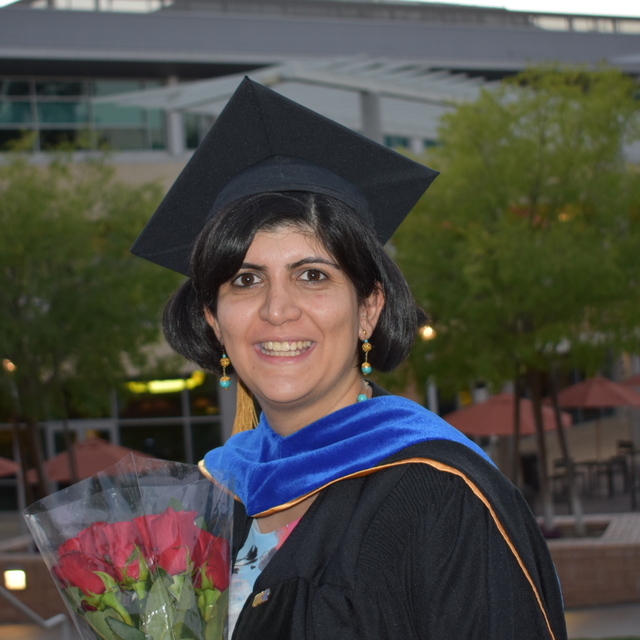January
2022
•
2022ApJ...924...14P
Authors
•
Prichard, Laura J.
•
Rafelski, Marc
•
Cooke, Jeff
•
Meštrić, Uros
•
Bassett, Robert
•
Ryan-Weber, Emma V.
•
Sunnquist, Ben
•
Alavi, Anahita
•
Hathi, Nimish
•
Wang, Xin
•
Revalski, Mitchell
•
Bajaj, Varun
•
O'Meara, John M.
•
Spitler, Lee
Abstract
•
Star-forming galaxies are the sources likely to have reionized the universe. As we cannot observe them directly due to the opacity of the intergalactic medium at z ≳ 5, we study z ~ 3-5 galaxies as proxies to place observational constraints on cosmic reionization. Using new deep Hubble Space Telescope rest-frame UV F336W and F435W imaging (30 orbits, ~40 arcmin2, ~29-30 mag depth at 5σ), we attempt to identify a sample of Lyman continuum galaxies (LCGs). These are individual sources that emit ionizing flux below the Lyman break (<912 Å). This population would allow us to constrain cosmic reionization parameters such as the number density and escape fraction (f esc) of ionizing sources. We compile a comprehensive parent sample that does not rely on the Lyman-break technique for redshifts. We present three new spectroscopic candidates at z ~ 3.7-4.4 and 32 new photometric candidates. The high-resolution multiband HST imaging and new Keck/Low Resolution Imaging Spectrometer (LRIS) redshifts make these promising spectroscopic LCG candidates. Using both a traditional and a probabilistic approach, we find that the most likely f esc values for the three spectroscopic LCG candidates are >100% and therefore not physical. We are unable to confirm the true nature of these sources with the best available imaging and direct blue Keck/LRIS spectroscopy. More spectra, especially from the new class of 30 m telescopes, will be required to build a statistical sample of LCGs to place firm observational constraints on cosmic reionization.
Links




